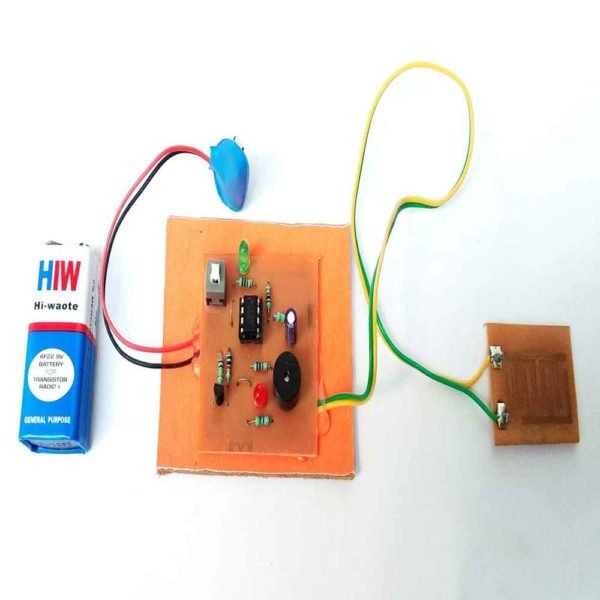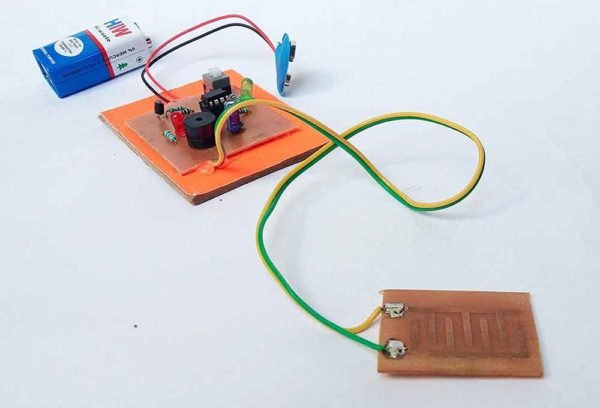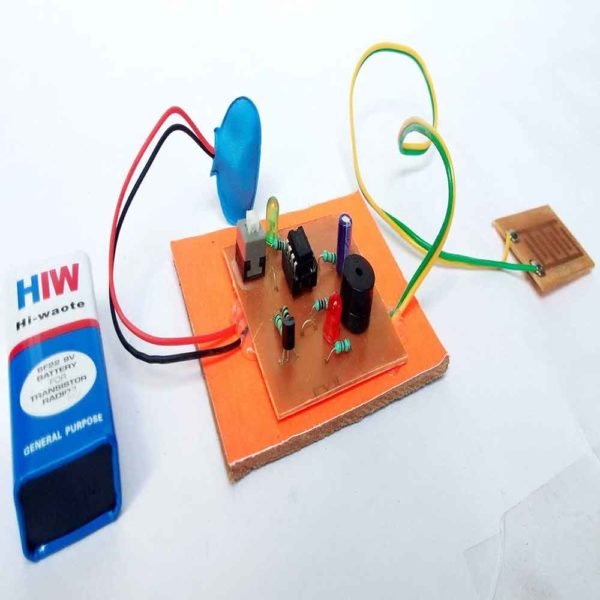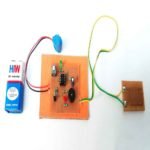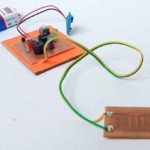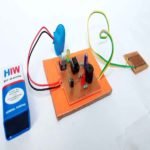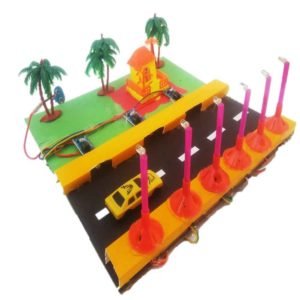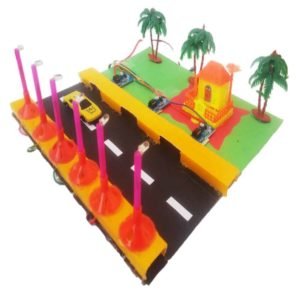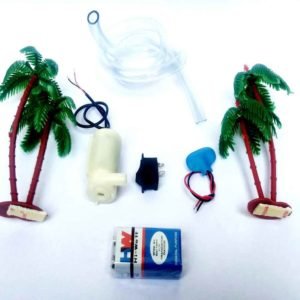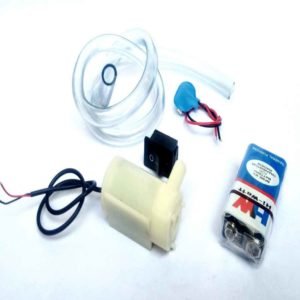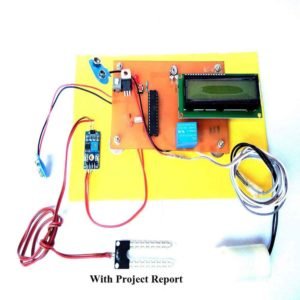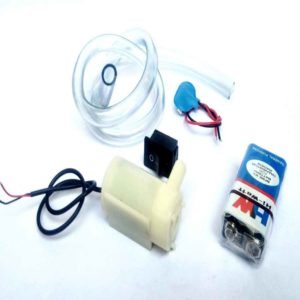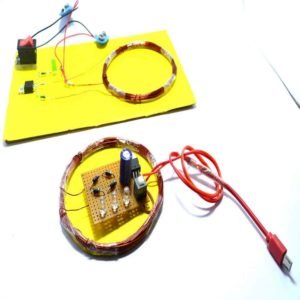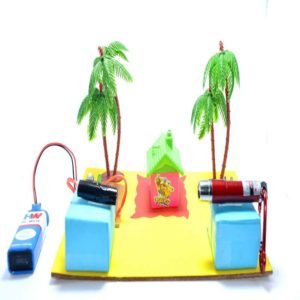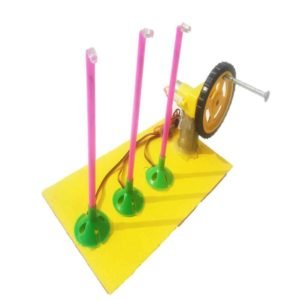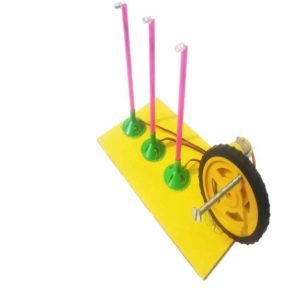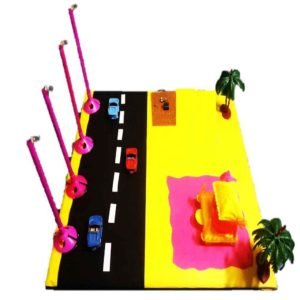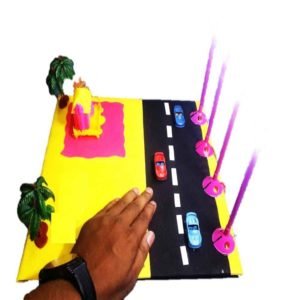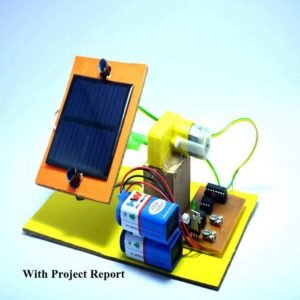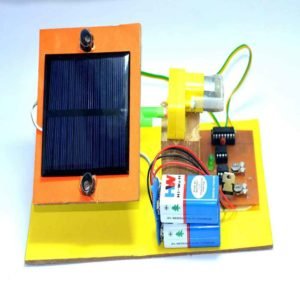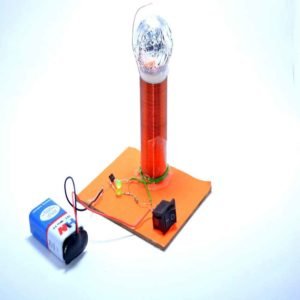-48%
Rain Water Alarm Circuit
Original price was: 650.00₹.339.00₹Current price is: 339.00₹.
The Rain Alarm Circuit is demonstrating rainfall detection using a rain sensor and 555 Timer IC, triggering an alarm through an LED and buzzer powered by a 9V battery.
- Totally Hand-made.
- No Branding.
- 100% working. Tested by S.R. Robotics.
- FREE Shipping.
- Description
- Additional information
Description
The Rain Alarm Circuit is designed to detect rainfall and trigger an alarm, showcasing the principles of sensor-based automation.
Features:
- Utilizes a rain sensor to detect the presence of rainfall.
- Integrated 555 Timer IC with IC Base for precise timing and signal generation.
- Equipped with a VTR switch for convenient control and operation.
- Includes a 5V voltage regulator for stable power supply.
- Compact design with LED indicator and buzzer for alarm notification.
Components Included:
- Rain Sensor: Detects the presence of rainfall.
- 555 Timer IC with IC Base: Generates timing signals for the alarm system.
- VTR Switch: Controls the activation and deactivation of the alarm.
- 5V Voltage Regulator: Maintains a stable voltage for reliable operation.
- 9V Battery: Power source for the circuit.
- Battery Cap: Secures the battery connection.
- LED: Provides visual indication of rainfall detection.
- Resistor: Limits current flow in the circuit.
- Buzzer: Produces audible alarm signals.
Working:
- The rain sensor detects moisture from rainfall, triggering the circuit.
- The signal is processed by the 555 Timer IC, which generates an output signal.
- The VTR switch controls the activation of the LED indicator and buzzer alarm.
- The LED illuminates to visually indicate rainfall detection, while the buzzer emits an audible alarm.
- The 5V voltage regulator ensures stable power supply for consistent performance.
- The circuit operates on the power provided by the 9V battery, making it portable and versatile.
This Rain Alarm Circuit serves as an effective demonstration of sensor-based automation and is suitable for educational purposes, DIY enthusiasts, and science projects.





